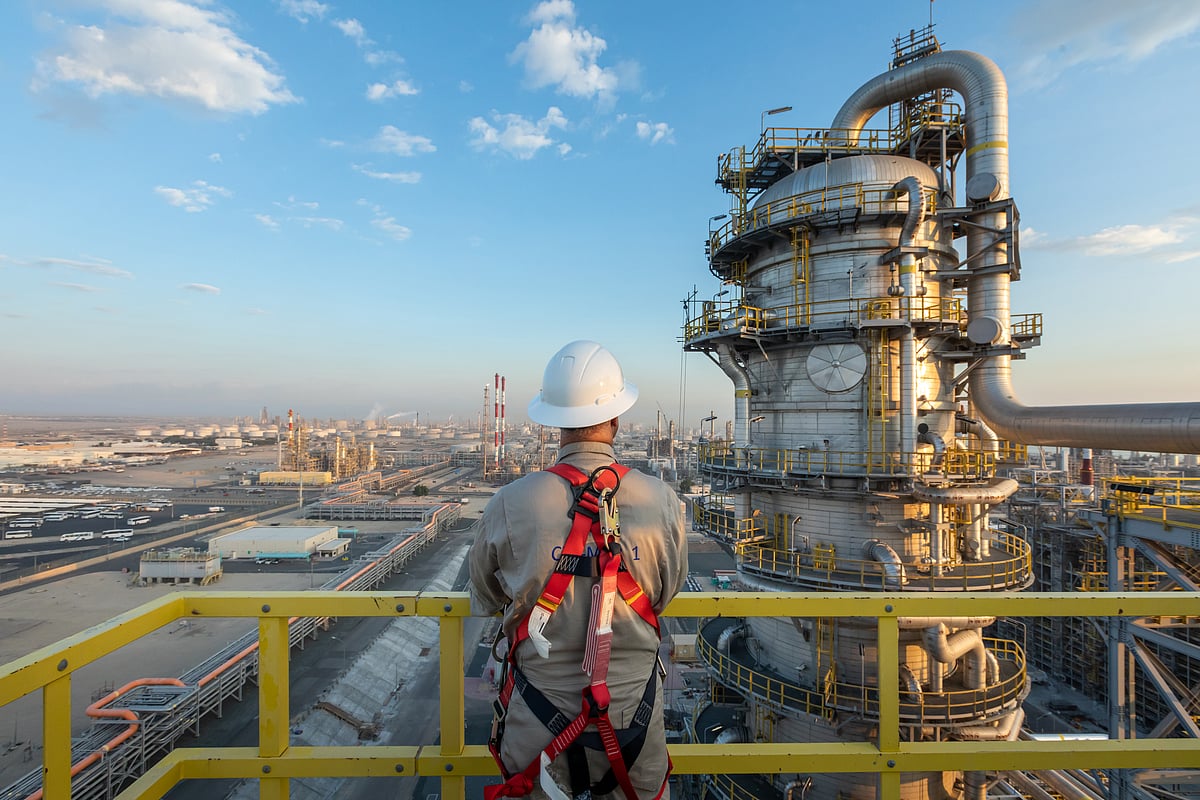Dubai: Petrofac rose to the top of the energy services sector with a market value that once exceeded GBP6 billion (Dh27.5 billion). Its position in the FTSE 100 signalled global reach and steady contract wins across core oil and gas regions.
The momentum shifted after a corruption probe surfaced, followed by heavy financial pressure and the collapse of a crucial offshore wind contract. By late 2025, the parent company’s move into administration reflected years of mounting strain on its finances and credibility.
You can track the company’s rise, unravelling, and final collapse through the key moments below.
2011 to 2017: Graft amid growth
Petrofac built a dominant position across MENA, securing billion-dollar deals in Iraq, Saudi Arabia, and the UAE.
Court records later confirmed that executives used agents to bribe officials to win these contracts.
The misconduct created major legal exposure that would undermine the group’s long-term stability.
You see the roots of the collapse here: a business model heavily reliant on contracts later revealed to be tainted.
Mid-2017: Major SFO probe begins
The UK Serious Fraud Office opened a formal probe into suspected bribery, corruption, and money laundering in May 2017.
Petrofac’s reputation with lenders and state-owned clients began to erode.
This moment triggered an extended period of financial and operational disruption.
2019 to 2021: Parent firm convicted
Former executive David Lufkin pleaded guilty to 14 bribery counts across multiple jurisdictions.
His cooperation provided prosecutors with evidence used directly against Petrofac.
In October 2021, the company admitted seven counts of failing to prevent bribery.
The court imposed more than GBP77 million (Dh370 million) in penalties.
The judgment highlighted corruption as “systemic, serious and grave.”
The conviction shut Petrofac out of major EPC bids in its core markets, cutting off essential revenue streams.
If a services contractor loses access to state-backed clients, how quickly can its order book recover?
2022 to mid-2025: Debt hurts revamp
Petrofac carried an estimated $4 billion debt load.
Management pursued a restructuring plan that included converting more than $800 million of debt into equity.
The company sought new capital to rebuild its balance sheet.
Although the High Court granted conditional approval in May 2025, the Court of Appeal overturned the plan in July after partner challenges.
The ruling left Petrofac exposed to any operational shock.
Mid-October: Critical deal called off
TenneT removed Petrofac from a 2GW offshore wind transmission programme in October this year.
The decision was based on unmet contractual obligations.
The contract represented more than 80% of the Engineering and Construction division’s revenue.
With the restructuring plan already fragile, losing this project made recovery unworkable.
Late-October: Files for bankruptcy
The holding company applied to the High Court to appoint administrators.
Petrofac was delisted from the London Stock Exchange the same day.
Operational subsidiaries continued trading, but the group’s future remained uncertain.
November: Fallout for staff, ops
UK North Sea operations continued servicing clients including Shell UK and Ithaca Energy.
In the UAE, the company issued termination notices to roughly 180–220 employees tied to the TenneT project.
Departing staff raised concerns about unpaid End-of-Service Benefits and notice entitlements.
Sign up for the Daily Briefing
Get the latest news and updates straight to your inbox
Network Links
GN StoreDownload our app
© Al Nisr Publishing LLC 2025. All rights reserved.

